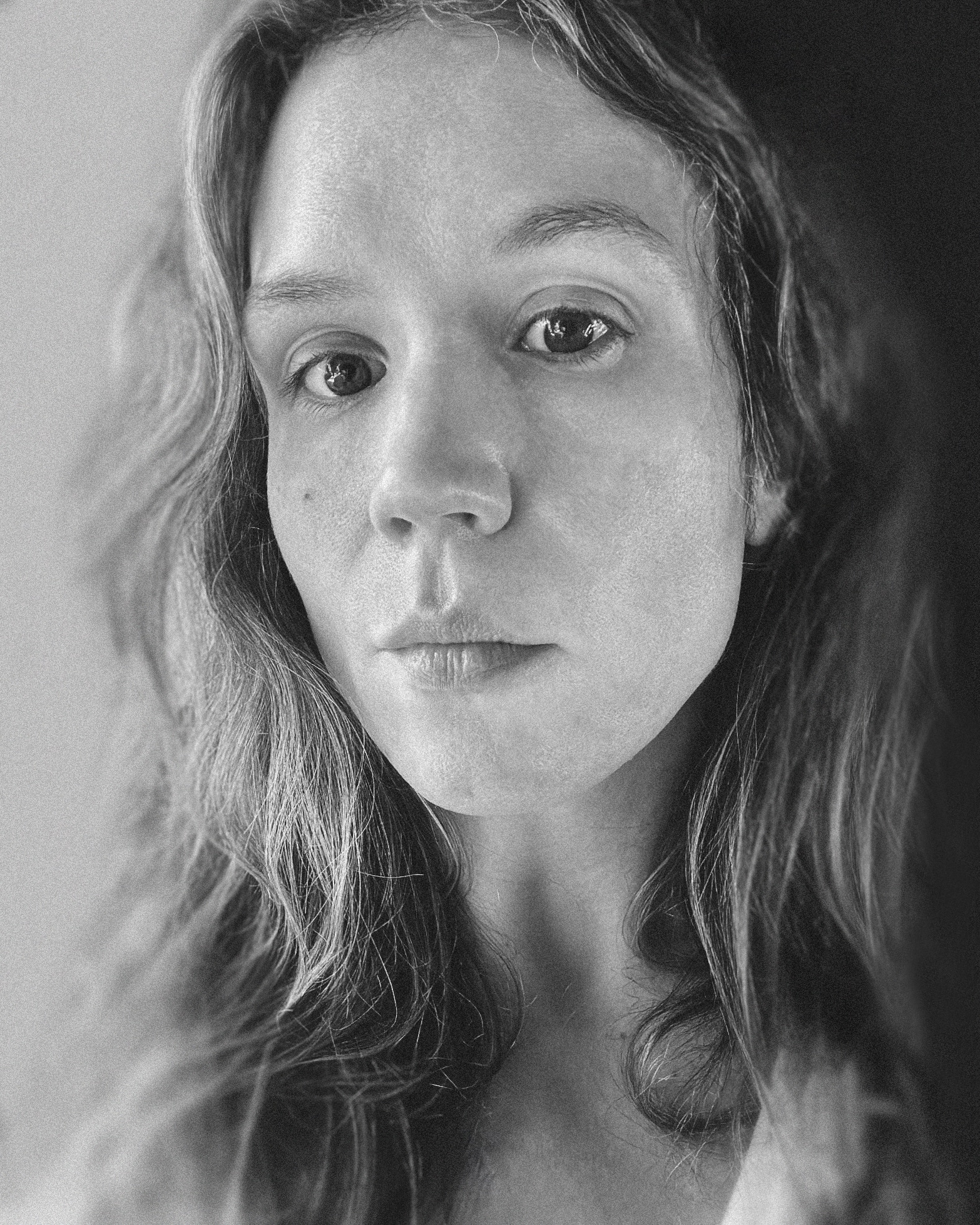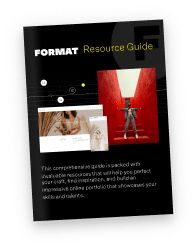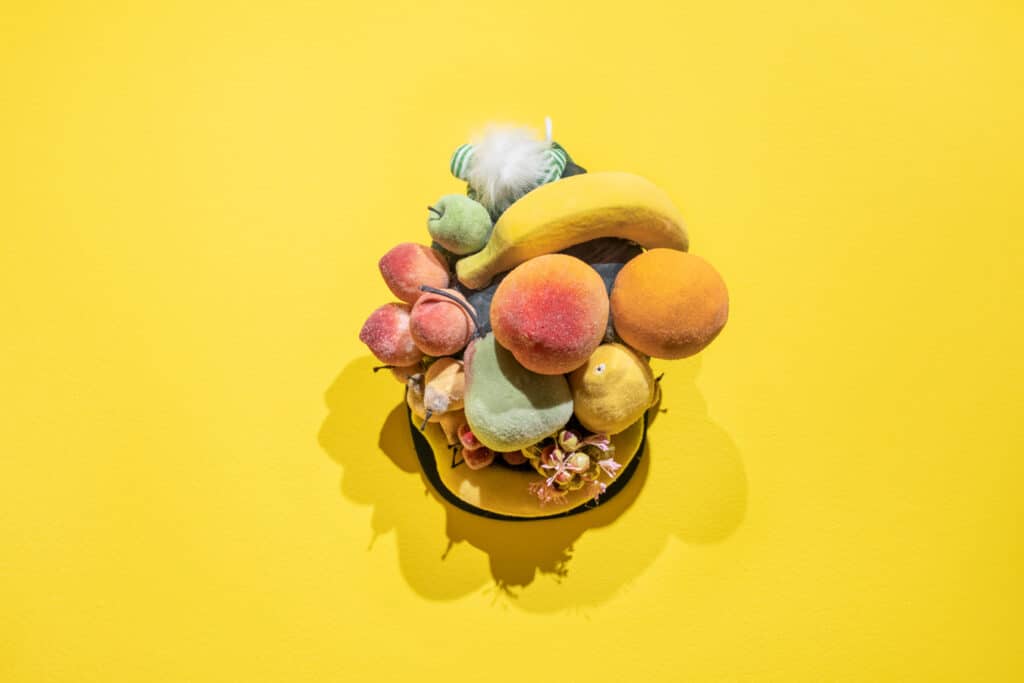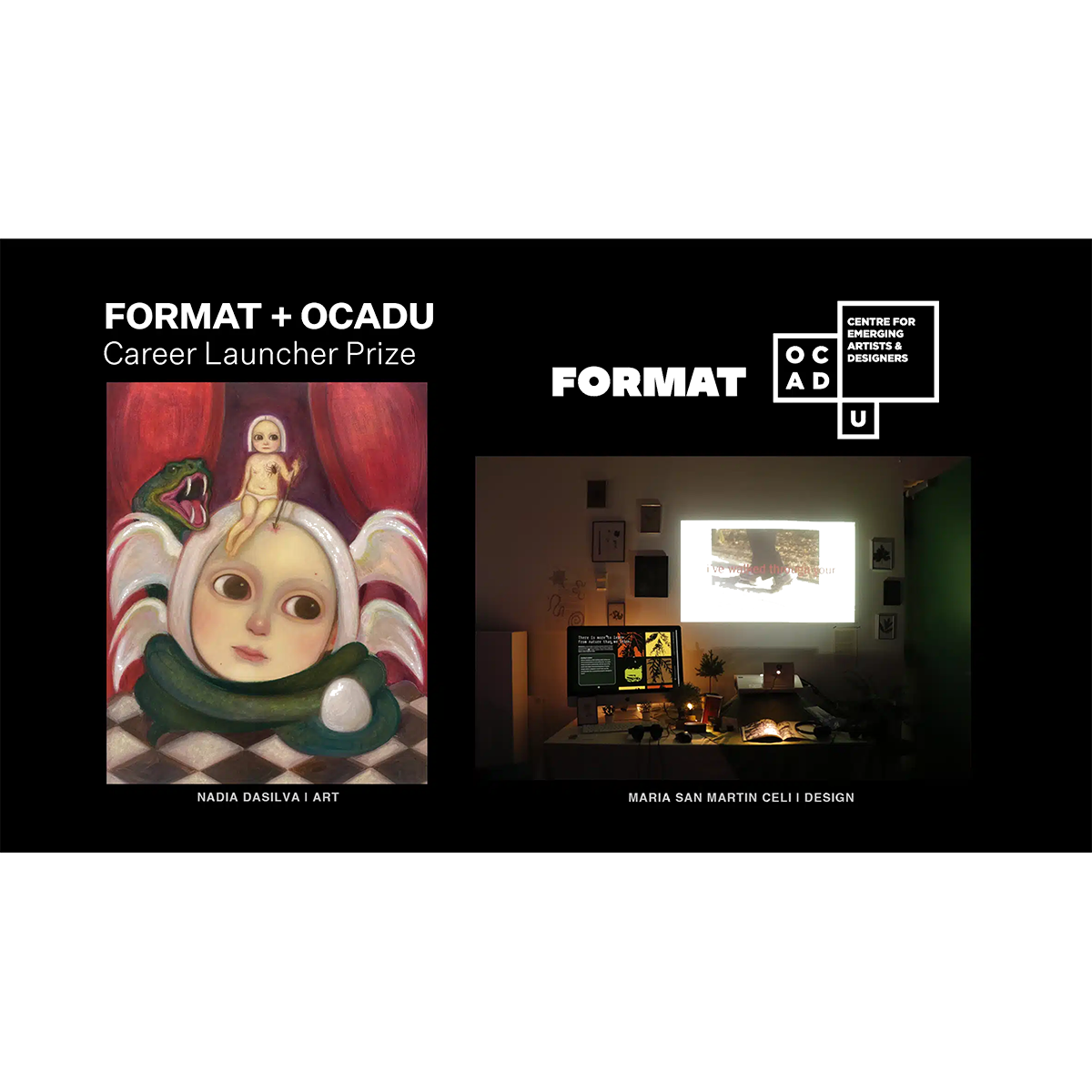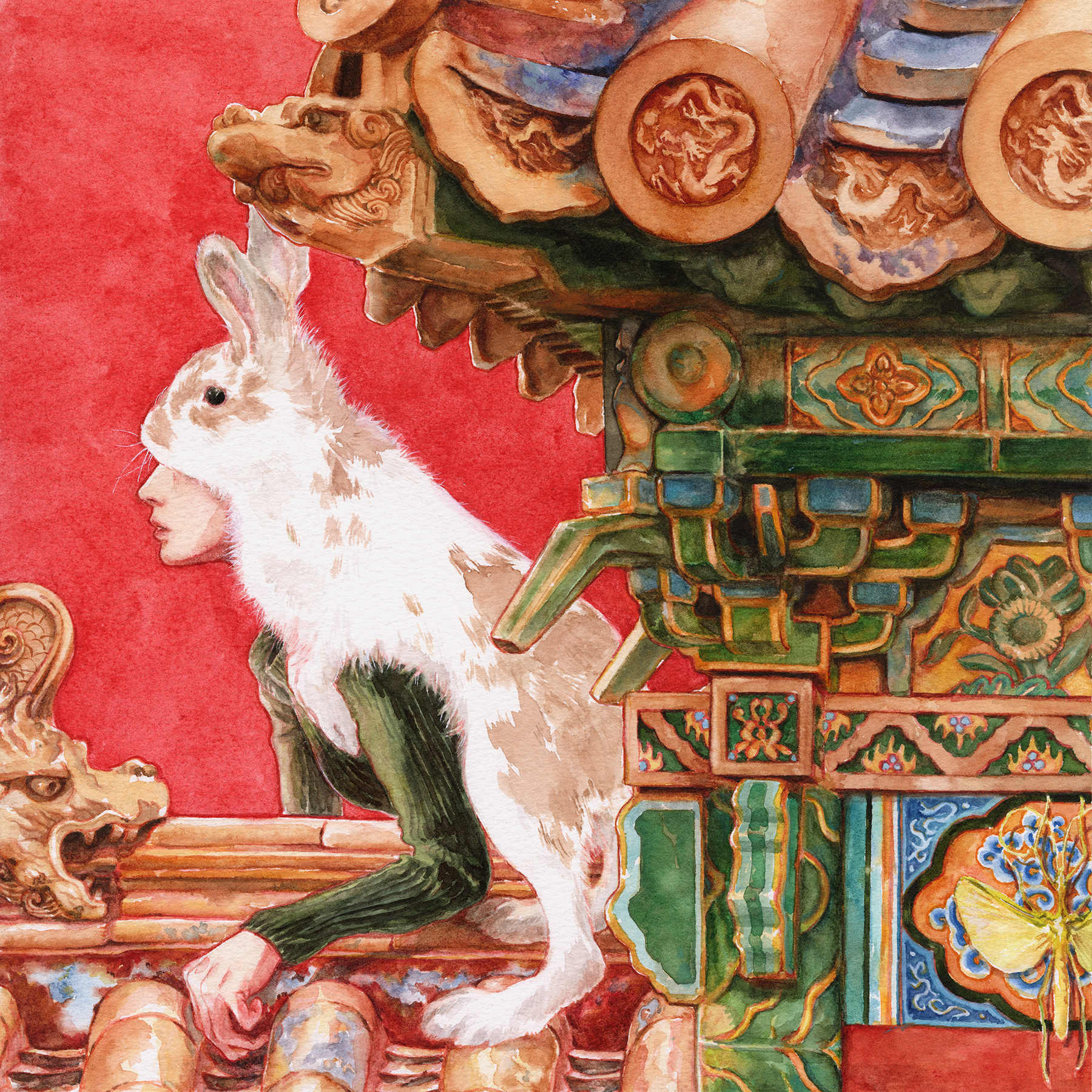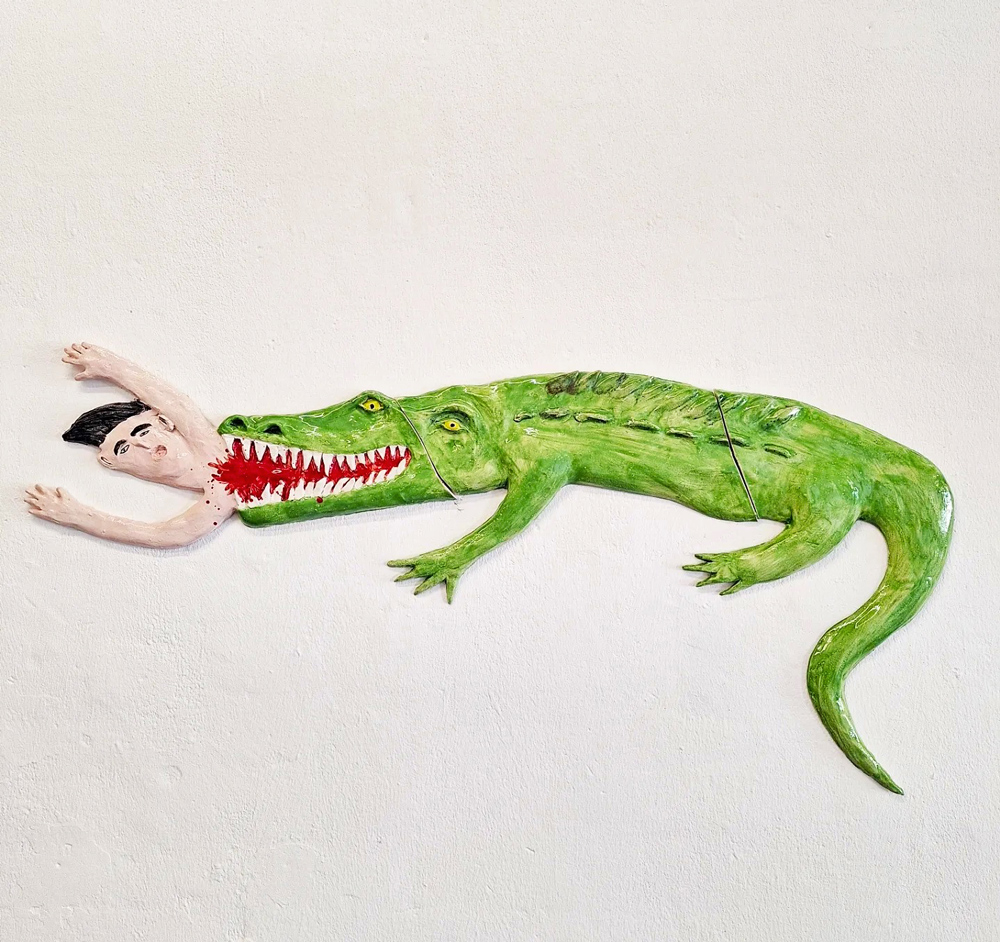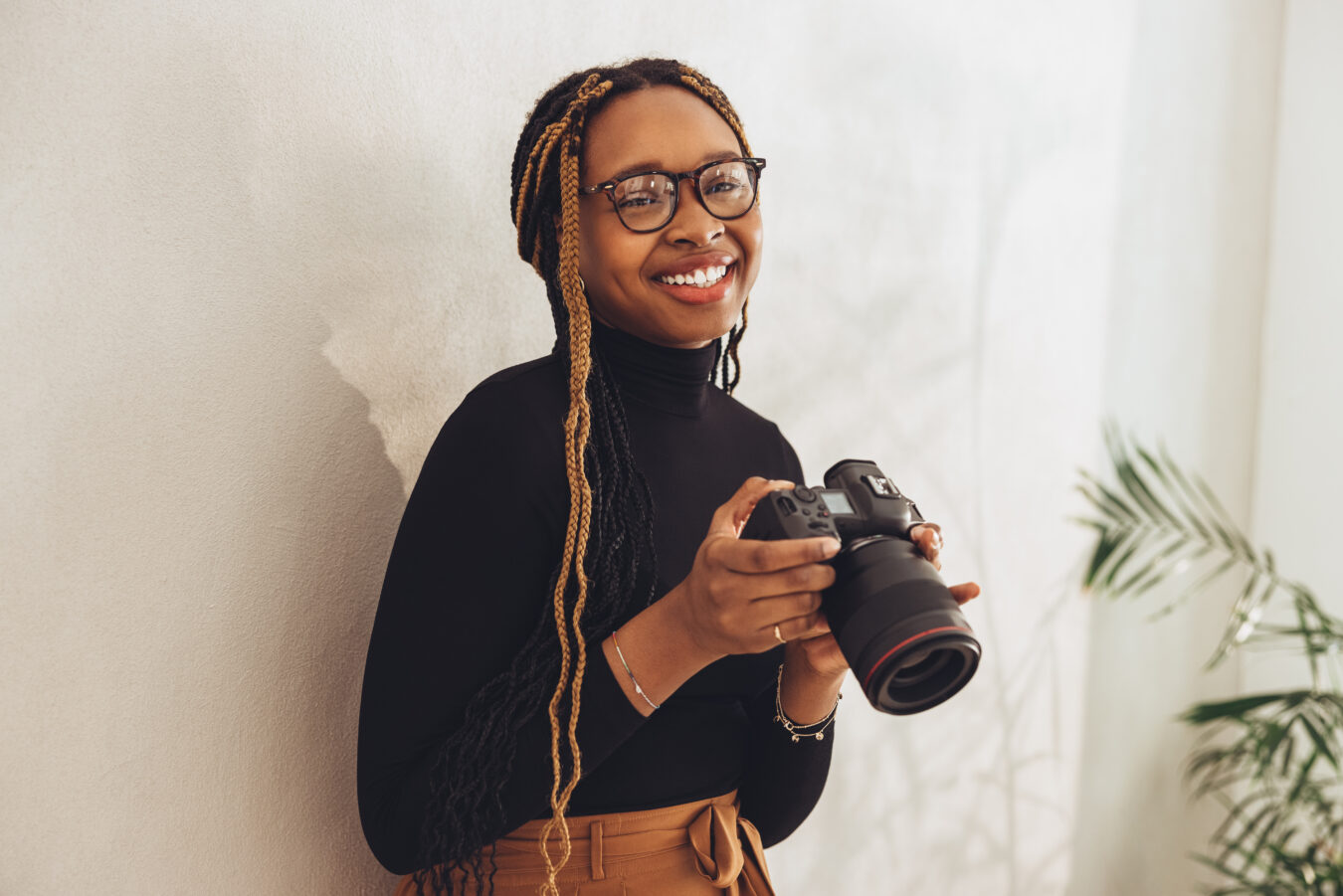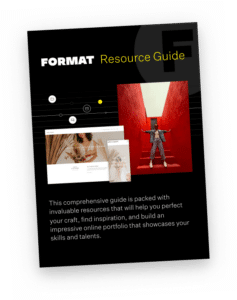For many artists, formally educated in the arts or not, there comes a career point when you may ask yourself “should I get an MFA?”—it’s practically existential.
There are so many reasons why this question comes to mind, and this piece surveying a dozen MFA graduates as to their initial reasoning and how their experiences either aligned, or didn’t, should help you come to a solid answer. First:
Our Survey Participants:
Thirteen MFA Graduates with degrees from both Canadian and US institutions were selected to respond to an extensive questionnaire about their experiences. This group is made up of painters, photographers, filmmakers, fiber-based artists, sculptors and performance artists. To keep this piece relevant to the current landscape in graduate studies, all respondents completed their degrees within the past 12 years, but themselves represent ages 24-67.
Some came to their programs directly after completing BFA’s, others had small gaps or entire careers between, others never went to art school and instead applied to grad school as mature students with established practices. Since, some have gone on to pursue PhD’s.
A few respondents had families, with spouses and/or children when they enrolled, and others were moving out on their own for the first time.
In short, we ran the gamut of backgrounds in order to be able to speak to a wider audience of those asking this question–you.
*For maximum candour, most preferred to remain anonymous with their responses. In keeping, not all quotes will be attributed.
Reasons to Consider Grad School
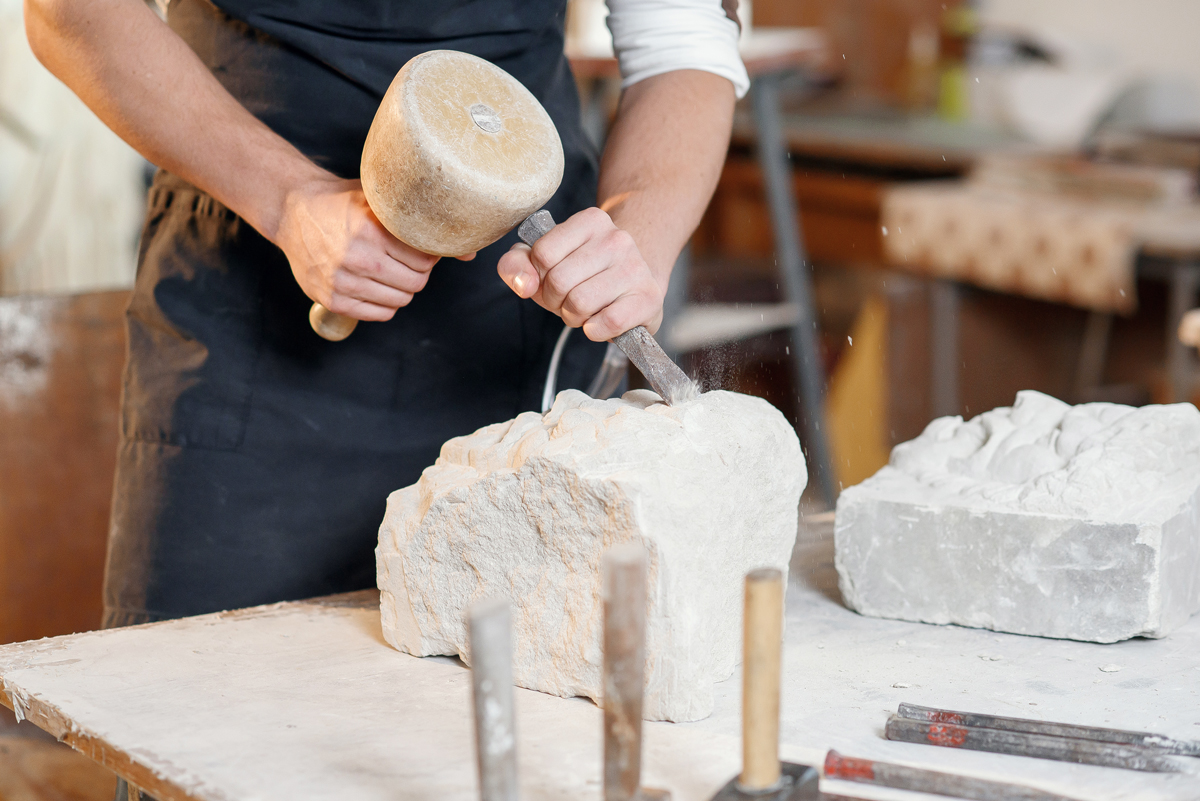
To Create
Being an artist requires resources that often go beyond the immediate tools in front of us. There are considerations of studio space and production facilities. Having access to metal and wood shops, print labs, and well-lit painting studios can mean all the difference both in the type and scale of work an artist is able to make, and may be a driving force in the decision to apply for grad school, as well as the institution itself. One MFA grad explains the medium-specific reasoning behind his chosen institution:
SAIC’s Studio Lab, which is a highly specialized painting lab allowing for exploration and deep research into experimental and historical painting materials and techniques. – Atticus Gordon, School of the Art Institute of Chicago
Studio space may be such a major consideration that it will be critical to determine whether a program offers the kind of space you need:
I visited another school that I had been accepted to and they told me painting grad students were expected to work in the communal undergrad studios. I had already been working in a private studio that I rented during undergrad and I wouldn’t go back to communal spaces. Guelph had a variety of studios and I was able to have a private space for both my years in the program. – Laura Findlay, University of Guelph
One respondent, when asked if they could communicate anything to their past self, wanted to convey the importance of privacy in studio space, and the physical, psychological and creative safety you maintain there:
Not everyone should be allowed into your studio. You always have agency over that no matter the context. – Anonymous
For others, space itself may not be crucial, their creativity may instead be founded in the immaterial qualities of a program and how it drives their process:
Parsons also had the least access to other facilities of the places I applied to and was accepted, being in Union Sq means very small studios and facilities […] Having been an artist for many years I knew for me I didn’t really need access to facilities I wouldn’t have after school. I think limited access kept me grounded in ideas rather than focusing too much on the finished product. At times it was frustrating but the reason I went to school was for access to amazing people and community which is totally what I got. – Ryan Van Der Hout, Parsons
At the crux of creating work are the pursuit of realizing ideas, honing skills, and expanding your practice…Making work means to grow.

To Grow
There can come a time in an artist’s practice where a sense of stagnation creeps in, when feedback, guided research, and moving outside of familiar ways of working are necessary to go forward. Expanding your knowledge through reading assigned theoretical texts, group critiques and research projects can inform an artist’s practice and understanding of their own work:
I had felt myself approaching a roadblock to how much I could understand about my own artmaking, both why I made it and what framework it was located within, and felt that I needed guidance to take the work to the next level, though I didn’t know what that level was. I also felt myself somewhat aging out of the art scene I had found myself in after my undergrad ended and wanted to try a new city to be an artist in. – Laura Findlay, University of Guelph
This maturation can touch areas outside of artistic practice, it can also mean growing as an individual in a new place, away from family and original foundations of practice. For these students, a new city proved to be formative:
I knew at some point in my undergrad that I would pursue an MFA. The reasons were three fold; to get better at making art, seeing, and thinking; get teaching credentials; move to a new city to expand professional practice. – Atticus Gordon, School of the Art Institute of Chicago
I think choosing a program in a different city was as crucial to my establishment as an artist and person. I needed a complete separation from geography and family to even be ready to take in and build on the learnings from grad school. – Anonymous
A few of our respondents additionally felt distinct gaps in their previous educational experiences, and put time into researching faculty who could most support them in their development:
The mentorship program at Columbia was the key factor that drew me in. […] I wanted to ensure I could engage in meaningful conversations about my work—something I felt was lacking during my BFA years. Columbia’s programming, whether it’s invited artists, mentors, or faculty, is incredibly diverse in all aspects, making it a fertile ground for future connections and active learning. – Anonymous
To make work and grow, for an artist, is often to professionally practice your craft…

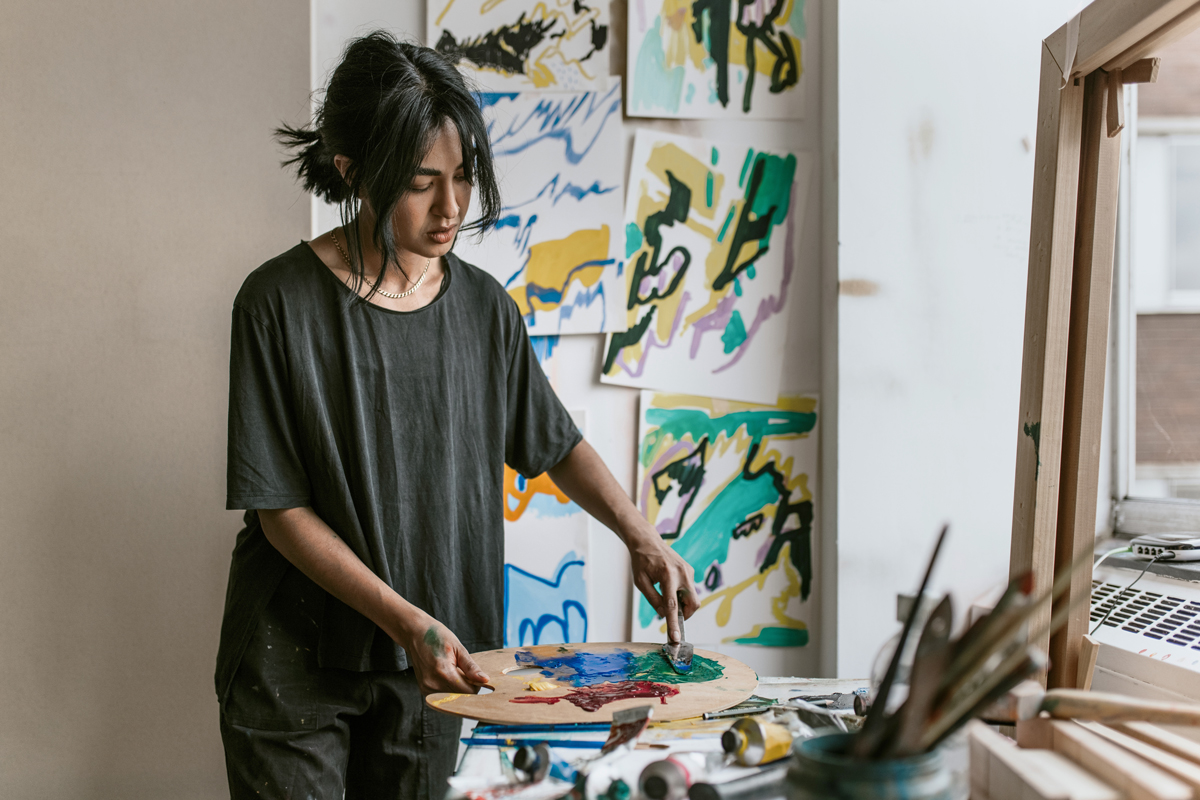
To Work
One of the primary considerations for pursuing an MFA was the sense that a wall had been hit, or a career plateau reached. At these inflection points, an artist has a few paths: artist residencies, workshops, or a more structured environment that can lead to further professional inroads: graduate school.
I decided to finally pursue my MFA due to the multiple social barriers I was facing in my career. It often felt like I needed an additional level of institutional approval to fully enter the art world. This is the reality for many Black women artists working in Canada, as we are required to go above and beyond just to be considered for opportunities. – Anonymous
Within your program you may come to forge relationships with faculty, administration and colleagues that become a path forward professionally.
The connections I made in graduate school have been profoundly life-altering. Not only did I come away with stronger work, and some of my closest friends, but I forged a professional network that allowed me to work both within the university system and in creative fields outside. – Anonymous
Networks built during an MFA that contribute to your growth as an artist are often both professional, and personal…

To Connect
Following that thread of connection, grad school can be a lot like summer camp: within the artificial boundaries of this specific program, you’re often challenged to push past self-imposed limits, united with a cohort for a shared experience across a finite time. Though, expect fewer singalongs (but maybe not zero.)
Having not only completed my own MFA, but for years working in an arts department, I had daily insight into the dynamics of MFA candidates, seeing strangers become friends, friends fight over studio spaces and artists supporting each other after challenging crits. Ultimately each year, to varying degrees of closeness, I observed a group bond. As the experience differs for those who move cities to attend their program; your colleagues can become like a family away from home.
I was surprised how deeply relationships got established in such a short period of time, both with faculty and my cohort. Unlike with an undergrad where you come and go, some of us were always there. – Ryan Van Der Hout, Parsons
These relationships can last just for the duration of your studies or the friendships may evolve with you for decades after. If you are looking to widen your network of colleagues, collaborators and friends in the arts, an MFA is an avenue to pursue.
You may also find your colleagues to be allies as you navigate bureaucracy, or challenges with faculty:
I engaged with visiting artists, sessional instructors, my MFA cohort and members of the broader art community far more than with the MFA faculty in my institution. This was not what I expected and an enormous gift to my study. In my first year, my term-end critiques with MFA faculty were overtly combative. I did not respect that. In my second year, I invited any outsider into my studio who wanted to visit and really leaned into the relationships with my MFA colleagues. This got me where I needed to go. It takes a village, I guess. – Anonymous
Your colleagues provide more useful feedback to you than your instructors, and that the experience of working alongside one another under challenging circumstances proves to be a profound experience.

Accreditation
[…] I was able to fulfill a number of the goals I set out to achieve. Most importantly, gaining the credentials to teach at the University level (I had already been teaching as a professional artist for 20 years when I began the MFA). – Anonymous
Artists who want to pursue teaching or certain high level institutional roles will want to complete at least an MFA. Teaching positions are few, and the field is saturated, which is why where you receive your degree may really be the edge you need. This could mean a well-known and respected institution, or one that has gaps in their faculty that you could fill once you’ve completed your program–or even before, depending on the course offerings and TA positions available.
For institutional roles, consider also programs that may involve an internship within a gallery, foundation or organization that aligns to your career goal.

To Escape
As much as you may desire to engage with artists and academics, you may also be fleeing another reality. Academia offers a kind of limbo existence, enticing artists with the promise of intellectual and professional growth while largely removed from the traditional working world–one that demands so much time and exhausting labour that often artists cannot balance the two and give up on making.
[An MFA] presented an option where I could uniquely focus on my practice for 2 years – where my practice could be my full-time priority. – Anonymous
For those seeking this kind of escape, it’s easy to see why: who wouldn’t want to remove themselves from the realities of a 40 hour work week for at least one year and see what they can accomplish in their art practice?
To those wanting to create full-time, it’s best to temper expectations; often MFA programs are balanced with theoretical classes and coursework that will divide your production time, and if funding comes in the form of a TA-ship, there will be working hours to account for.
All of which to say: it’s not all fun and art 24/7, but the mental space remains grounded in art, unlike when balancing perhaps unrelated work, the stress of toggling back and forth between labour and creation is significantly reduced if not eliminated.
The Role of Funding on the MFA Experience
It would be unrealistic to explore what it’s like to earn an MFA in the visual arts without going into funding, and how it can set the tone for the experience. First, for any student, you’ll need to afford your living expenses, and for a grad student in the visual arts, you’re additionally funding your art practice.
As an artist with deep insight from having run an art supply store at my university: every medium comes with a high cost of production, and, don’t fight, they all are extremely expensive.* The only difference between mediums is when, in the course of making, the costs arise. Painters and sculptors have constant supply purchases that feel like death by a thousand papercuts followed by the cleaver of transportation and display costs, while photographers have brutally large capital expenses for equipment, then a period of intangible production and living life footloose and fancy free, until the printing, framing, crying, and destitution. We all have it bad, and money, as it unfortunately is in many situations, is the only way to make it better.
Connect With Your Community
Level up your brand with a professional portfolio website.
While in our next installment we will go into details of how to successfully apply for grad school, I know that one of the most daunting considerations is money. For many, it can be difficult to imagine the financial circumstances that would allow for the pursuit of a graduate degree, so before we get to the specifics in our next how-to, I want you first to know that you can too.
When asked what role funding played in the decision to pursue an MFA, those surveyed were emphatic:
It was among the top three reasons for choosing Guelph. My family could never help me pay for school or even co-sign for a loan, there was never going to be a way for me to do an MFA without getting a generous scholarship. Once I was in, the support to teach me how to apply to these scholarships was something I was able to carry forward after I graduated and applied for emerging artist grants and applications later in life. – Laura Findlay, MFA Guelph University
For many, without family support, scholarships and loans are the only way forward, and for others in different stages of lives and careers, their circumstances allowed them means to pursue their graduate studies:
[funding] played a significant role. Being a more mature student when I entered the program gave me some cushion, especially with savings and a working spouse. It’s important to ask direct questions of your institution and demand they provide you with clear answers about promised funding. Doing an MFA is a major life commitment and financial stress can really derail your study. – Jessica Bell, MFA uOttawa
Others pursued additional funding opportunities outside of their institution:
I received a generous admission scholarship and bursaries that covered all my education costs. There are also excellent grant opportunities available through the Social Sciences and Humanities Research Council, and my school provided external support to help students with their funding applications. – Anonymous
This further proves the value of thoroughly researching every avenue when planning your applications.
*unless you’re purely performance or found object-based. In which case please, buy your colleagues some coffee.
Funding Types
A quick look at where your funding can come from.
Student Loans
Depending on your region, there are a number of ways to take out a student loan through your government, or you may need to approach a bank. Most governmental loans also won’t start to accrue interest until a grace period post-graduation from your MFA program, at which time your repayment plan begins.
If you take out a bank loan, it will likely come with a fixed interest rate and repayment program determined at time of dispersal.
This method of funding is inherently stressful, you exist in a temporary bubble of stability, with the knowledge that you will need the means to repay your loan not long after you graduate. That’s a baseline level of tension and will have some impact on your experience of grad school–especially if others in your program are in a different position, so it’s important to exhaust all the potentials of funding via bursaries and scholarships.
Scholarships
Free money is the best money.
As part of your enrollment, you may be automatically considered for and granted a scholarship. This may even be a selling factor for the institution.
Depending on the level of funding, a scholarship can cover tuition only, or tuition and cost of living.
If there are no internal scholarships available, look to other granting bodies; in the US there’s a comprehensive database of scholarships and bursaries to search through. In Canada, the government lists loans and grants, and Scholarships Canada offers a database–however some schools may have primary additional funding connected to their program offerings that are not listed. It’s always best to first research the program you’re interested in and determine what they can provide directly before looking for additional resources.
Bursaries
Think back to any organization or groups you are involved with, past or present, as you could qualify for assistance. I share this as I received an annual bursary from a foundation that had provided support since I was a child. This, on top of a generous scholarship, ensured my success–like several other respondents, I don’t come from a family with means to financially support me, and had it not been for these factors, I would not have been able to pursue an MFA.
Teaching Assistant Positions
These positions may be open to student applicants, or they may be assigned as part of a scholarship.
Of our respondents, those who TA’ed overwhelmingly would have preferred to assist in studio-based courses instead of history and theory as they demanded not only in-class time, but a significant amount of reading and grading. Those who assisted in these positions largely felt their own studio time suffered.
If your goal is to teach, you may wish to have a balance of both to give you the best, most rounded experience. If you are a studio artist who is engaged enough by the theoretical coursework of your program, it may be a good idea to research what courses you may be expected to TA and whether there is any room for compromise.
Risk/Benefit Analysis: Why and Why Not to do an MFA
When deciding whether you want to pursue graduate studies in the arts, it’s important to get a picture of the risks and benefits, the best and worst case scenarios, to test your comfort levels with uncertain outcomes.
The Risks

Faculty & Students
To every endeavour where the components are many and the results rely on their proper mixing and correct environment, there is a risk of disaster. Like having the best ingredients for a cake but an oven that reads the wrong temperature…
A cohesive and supportive faculty. An atmosphere that assumes everyone arrives with skills and maturity. These are things I have experienced in numerous learning situations, but not during the MFA. – Anonymous
You may find yourself in the wrong program. Maybe the faculty is not the right fit, or the cast of students is like some terrible forgotten season of Survivor when no alliance was formed :
An atmosphere of competitiveness was present which did not help anyone. I did benefit and was grateful to have a decent sized studio space in which to work. I took advantage of the facilities to gain some skills and techniques. The most significant benefit was continuing to read and write about my practice. – Anonymous
Despite what I wrote earlier in this article, not every bond of a cohort is a strong or positive one; sometimes you’re simply united by the program and time, but don’t ever gel on a personal or professional level. In these situations it will be most important to find the people who do contribute to your growth, and positive mental space. The most proactive response is to arrange studio visits with external artists, curators and art-writers, look to the MFA’s above you in first year, and below you in second to explore more productive relationships, or take on a mentorship role with undergraduate students.
The Money
Financially, if you are not able to secure full funding, there are risks to pursuing an MFA that might not bear out against the rewards. If you are in a precarious financial situation, think about timing, and whether there are other opportunities to explore.
The Stress
Grad school is often stressful. Making work under pressure, and writing about your own work while making it, are quite difficult. This and other risk factors can create a perfect storm of stress, which can have significant impacts on your health. If you are prone to stress and anxiety, it would be a good idea to fortify yourself with a plan of action when emotions are high.
Across responses, there was a common thread of advice offered by our participants: every MFA Candidate will have at least one breakdown, or episode of intense existential dread. It could come after a hard crit, in response to comments on a paper. Maybe you’ll have the worst studio visit of your career. You may want to quit. First, know this is normal. Terrible, but normal. Immediately seek other voices to support you, to confirm why you’re in the program, or how you can navigate it going forward.
Relationship Strain
The workload and potential distance involved with grad school could put pressure on relationships; friends, family and partners may feel this strain with you. I have seen many relationships that predated an artist’s MFA program come to end during it.
This may be a major consideration for some before applying to any program.
The Rest of the World is Still There
If your instinct is to run away to grad school, you have to keep this one truth in mind: the world is still there, and you will be returning back to it.
The Benefits
To summarize; an MFA could change your life, your work and career. You may:
- Evolve your practice
- See a lot of studio time
- Develop new skills in facilities you don’t easily have access to
- Make great friends
- Foster professional connections
- Earn the credentials necessary to teach or work within arts institutions
Are You Ready?
If you’re pursuing an MFA with goals that are supported by your program research, and tempered with realistic expectations, you may be ready to apply for the coming application season in January.
If you have done a risk/benefit analysis and find yourself feeling prepared for anything with a plan to make things work for you no matter what, you’re definitely ready.
In our follow up piece, How to Apply for an MFA: Tips from Graduates & Professors, we’ll go over some of the finer details of a successful application, and some amazing, practical life tips for making the best of your time in grad school.




